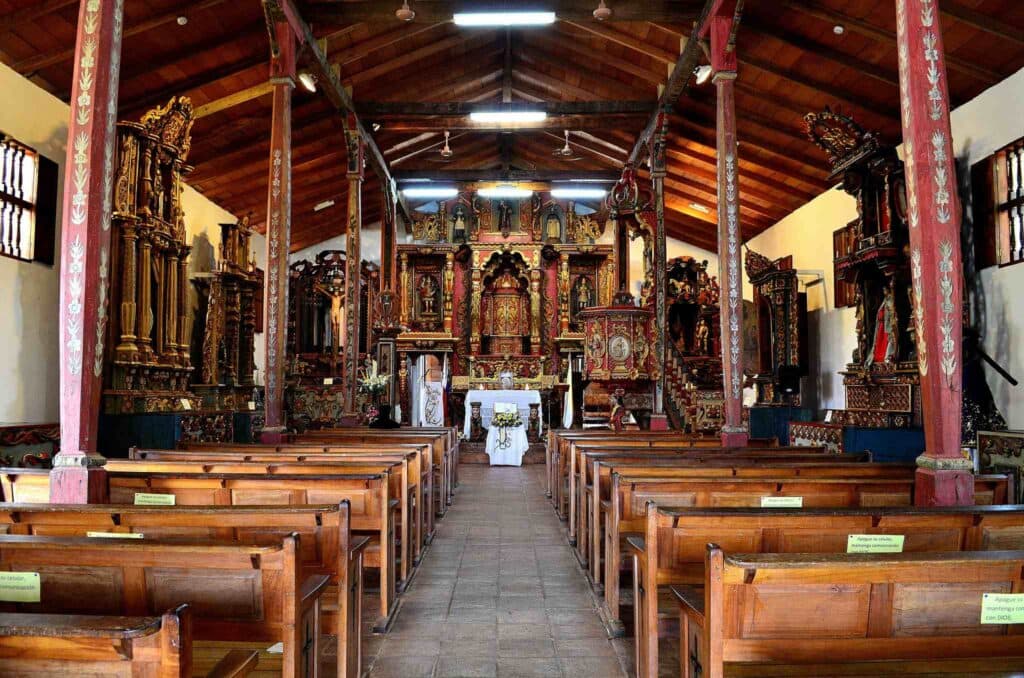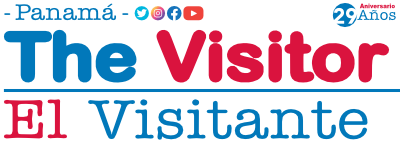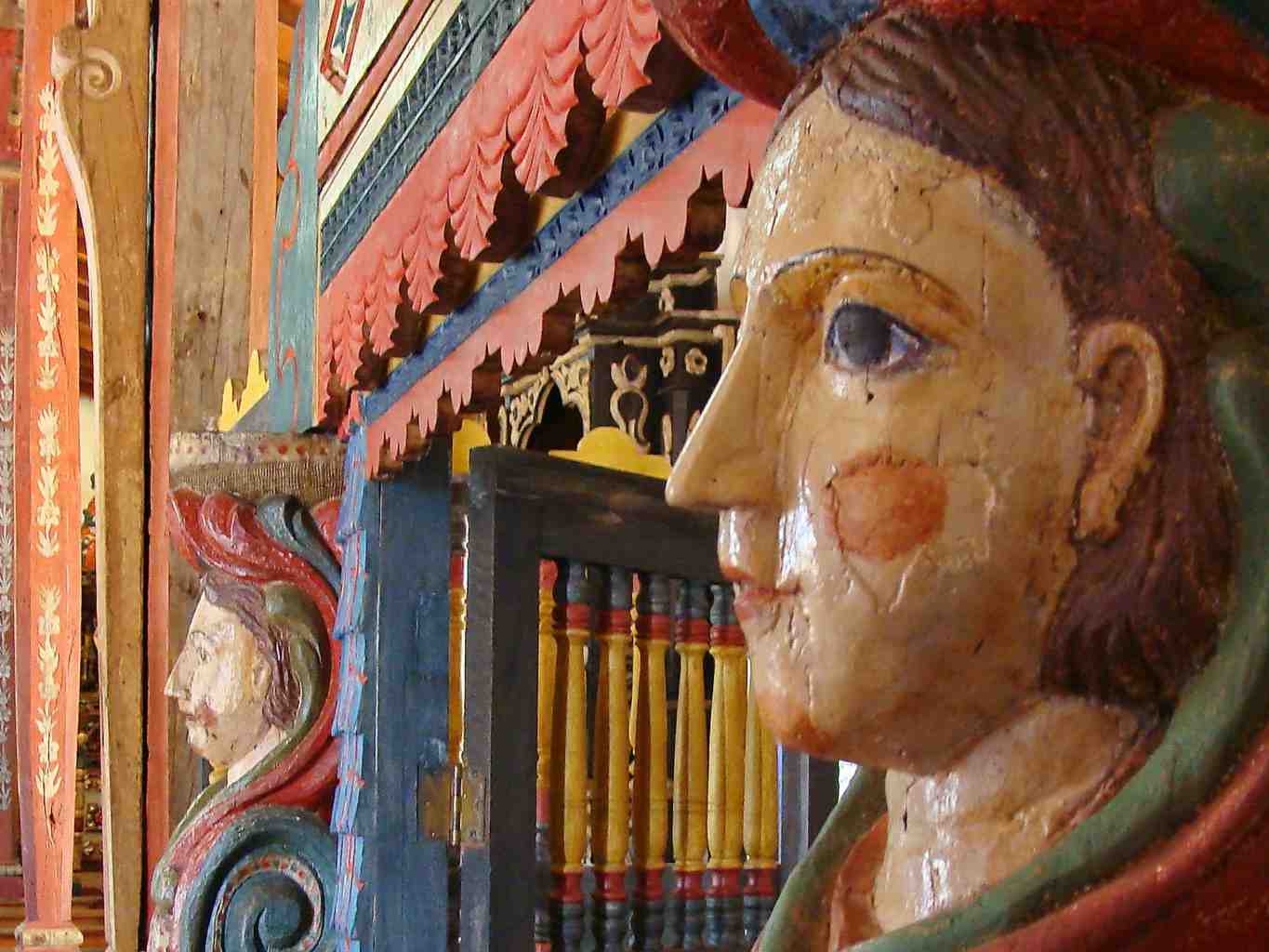When traveling through Santiago de Veraguas there is a place with a lot of history that every visitor should visit and it is only 19 kilometers away. A place where a church was built with altars that are more than 200 years old and that keep a unique colonial past in the entire region. This place is San Francisco de la Montaña, a Wonder of Veraguas.
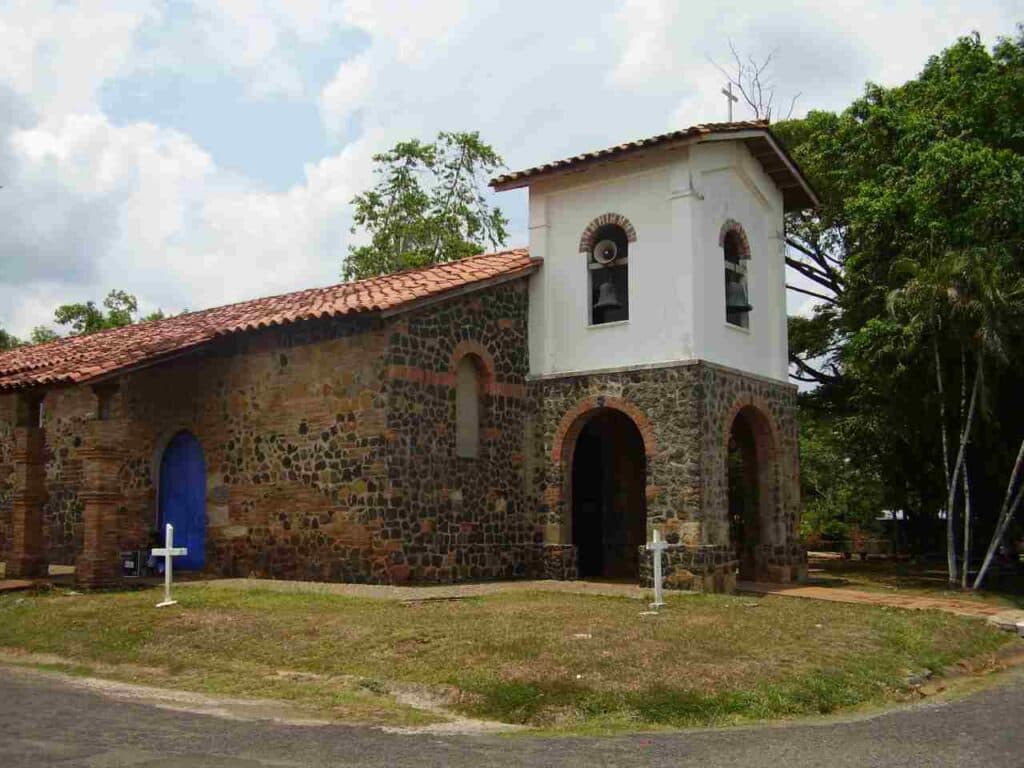
Almost 400 Years of History
The town of San Francisco de Veraguas, better known as San Francisco de La Montaña, was founded in 1621 by members of the Santo Domingo Order, Fray Pedro Gaspar Rodríguez and Valderas. The first inhabitants of this community were mostly indigenous who during the seventeenth century lived in straw huts grouped around a small, rustic church; the community in general was small, by the year 1691 it had only 50 people.
San Francisco was an important town, and for a time it was constituted as the provincial capital of Veraguas Province. Its economy was based on agriculture and the exploitation of gold mines. The rich material was mentioned by Admiral Christopher Columbus on his fourth voyage when he touched the Caribbean coast of Veraguas.
The town bears his name in honor of San Francisco de Asis, Patron Saint of this place. According to the residents, the motive for this foundation was the great attraction of the gold deposits, that would go from San Francisco all the way to the Atlantic.
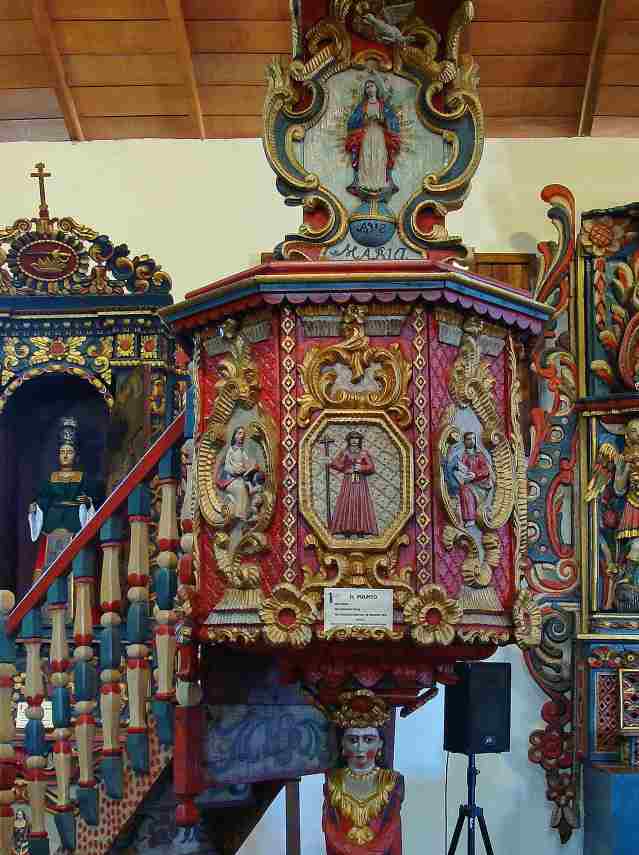
Church with Baroque Art of Great Historical Value
The church began to be built in 1630, but the carving of the altars occurred in 1773. There are names, such as Fray Adrian de Santo Tomas, whom are related to the making of these exceptional works of art.
You can find carved blond cherubs, musicians, flowers, leaves, archangels with military armor and the famous cholas. These are unique, angels with indian faces and dark hair, proof of the indigenous importance in the area. There are also tropical flowers and fruits, such as pineapple, another demonstration that the priests of the church used the talent of the indigenous people to work the altars.
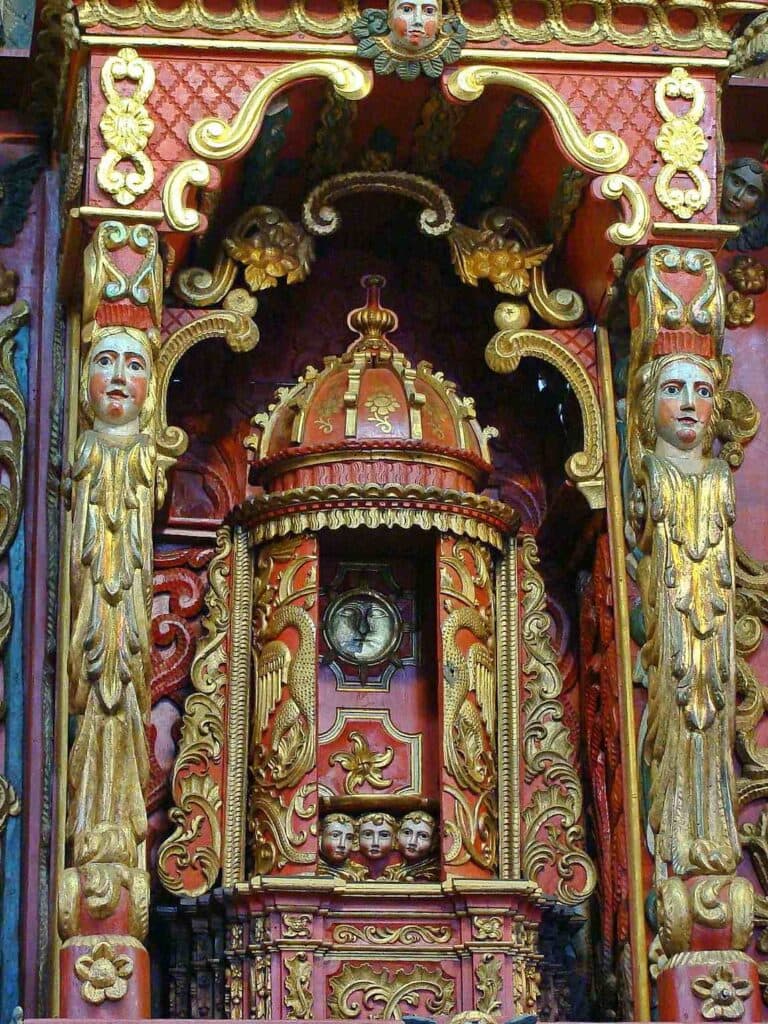
The carved cedar sculptures testify that the region was strongly active in the Catholic Church, and that it served as Spanish base for the control of the roads across the isthmus. Today there is still a large indigenous presence of the Ngäbe Bugle.
For art scholars, it can be seen how the Baroque artistic style came to Panama. It is an art sample product of: A historical, artistic and cultural period characterized by a great ornamental exuberance that manifested itself in art, literature, music and architecture, spanning the 17th and 18th centuries. The baroque arose in Italy, spread to the rest of Europe and was brought to America by the Spanish. It can be noticed in civil and religious architecture.
San Francisco de la Montaña, a town to marvel at its history and invaluable art.
